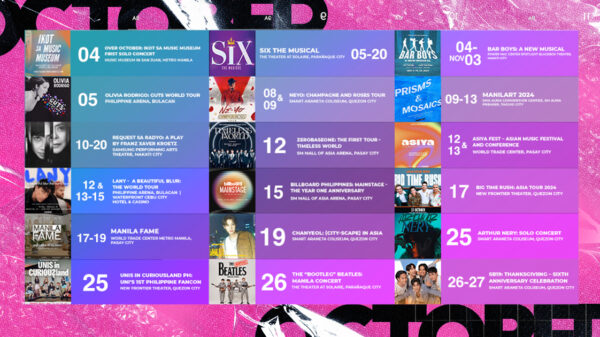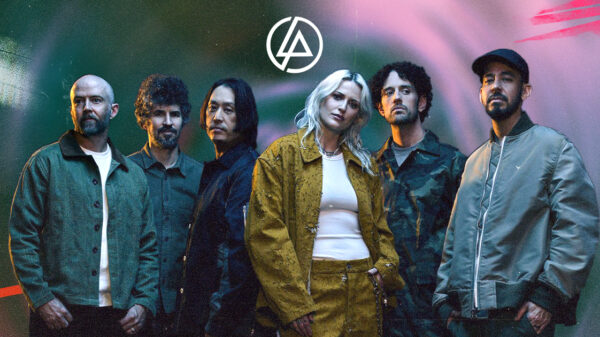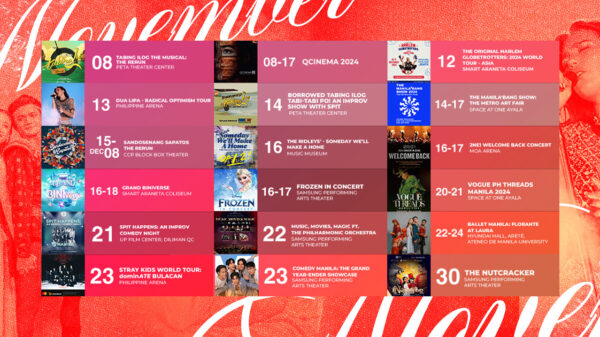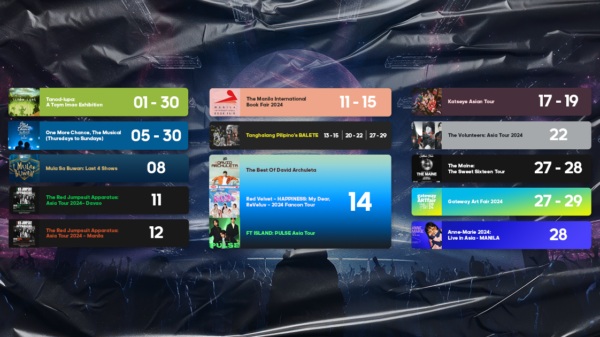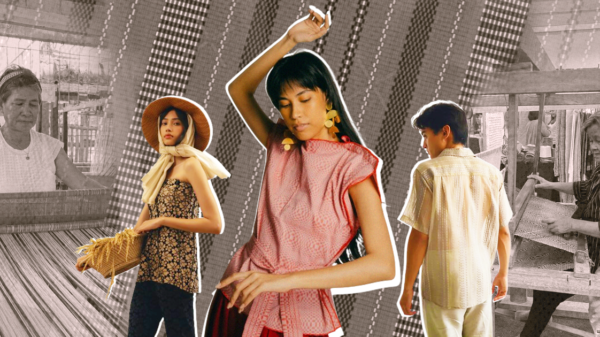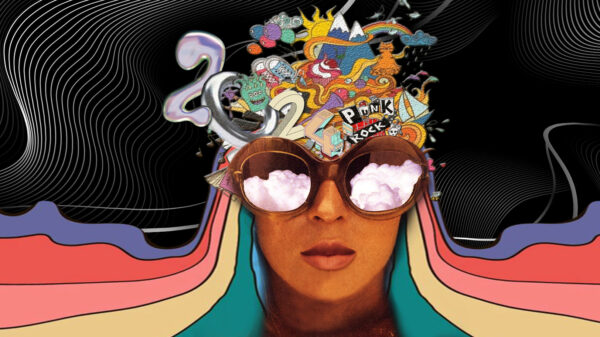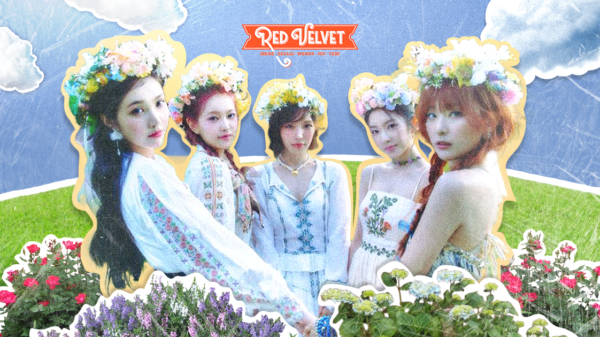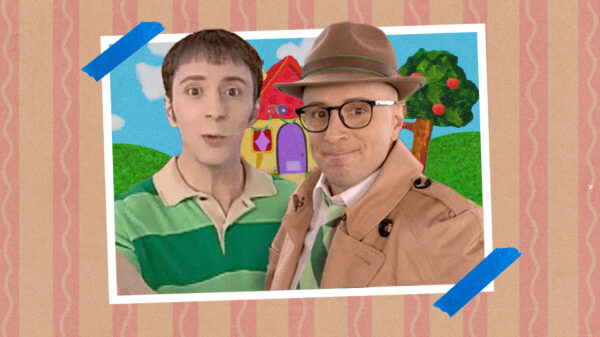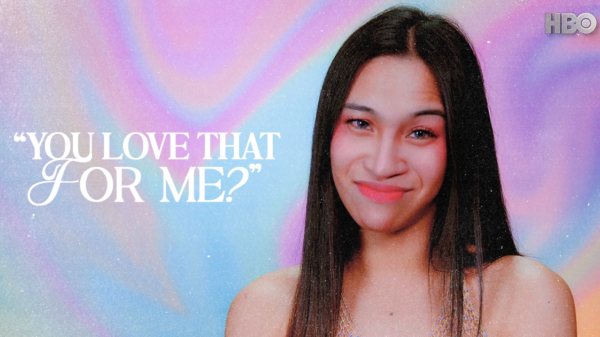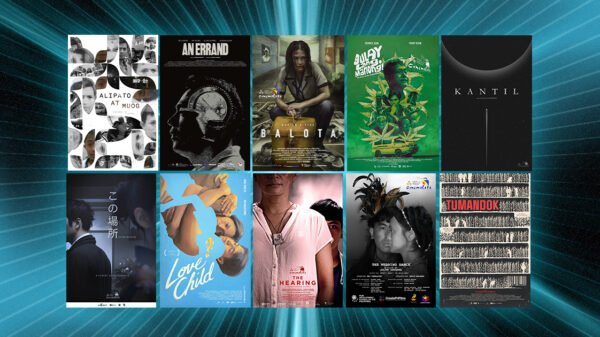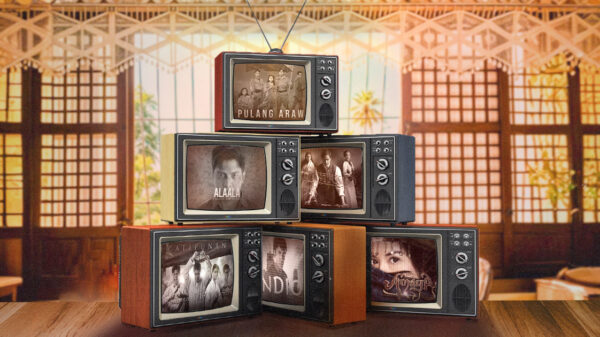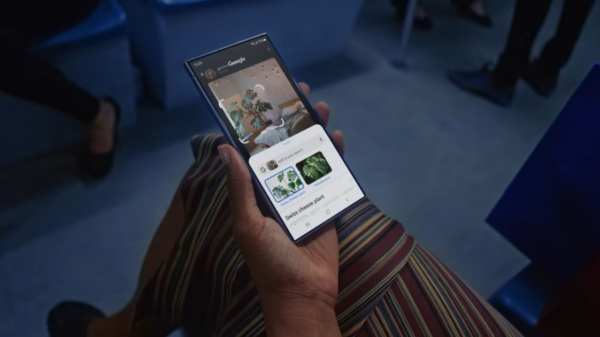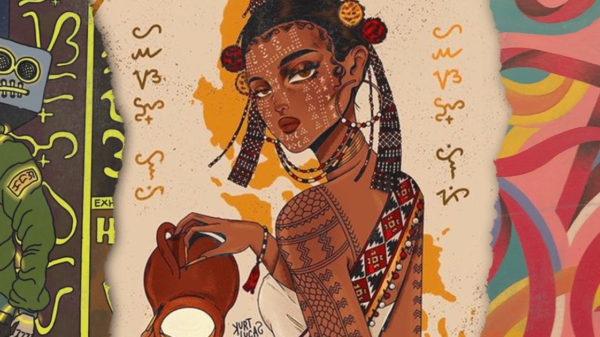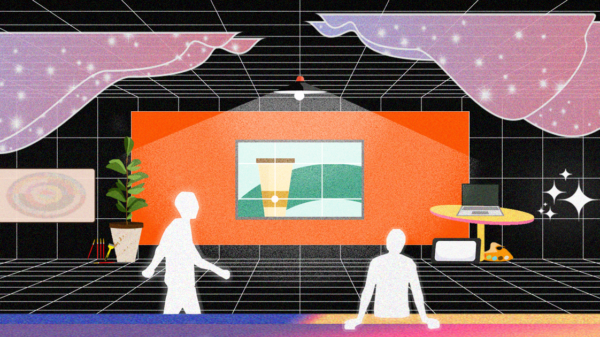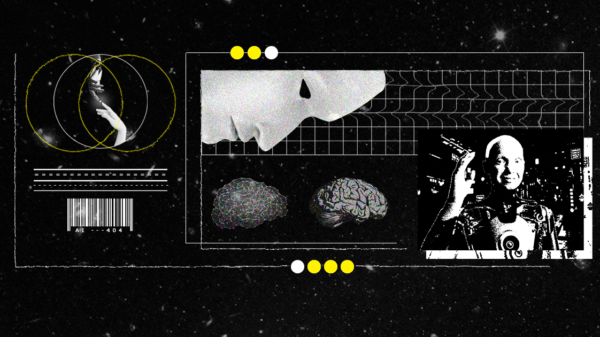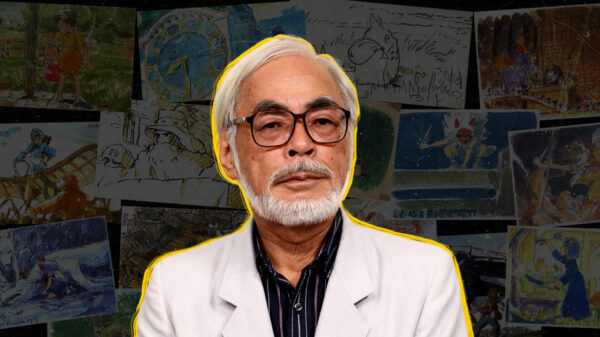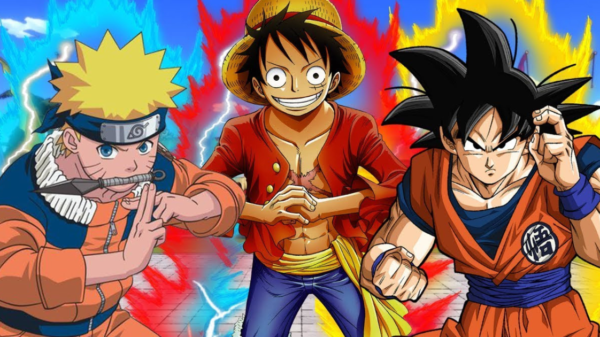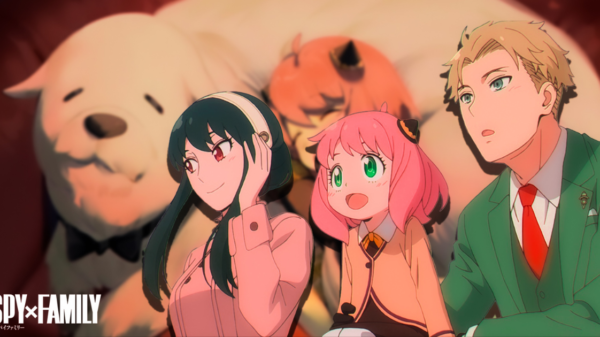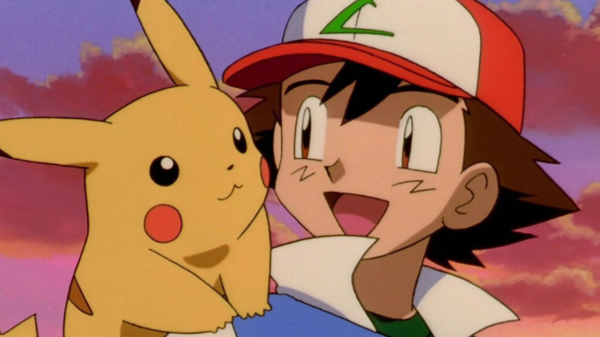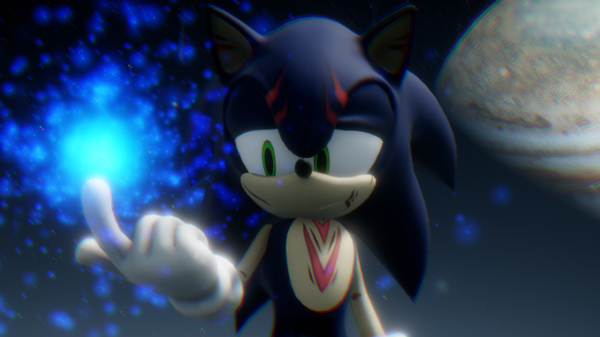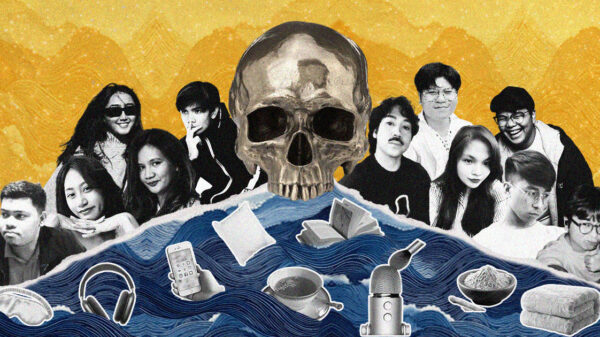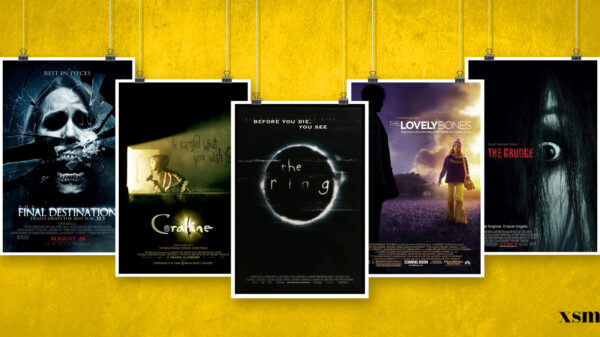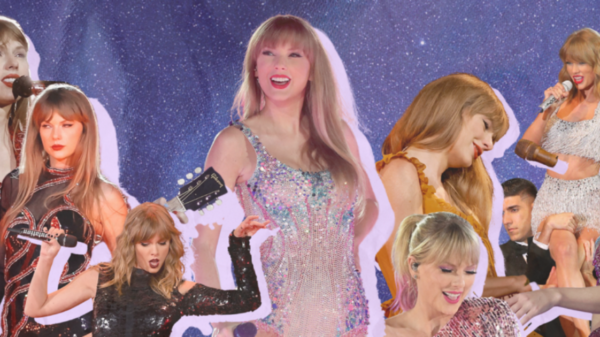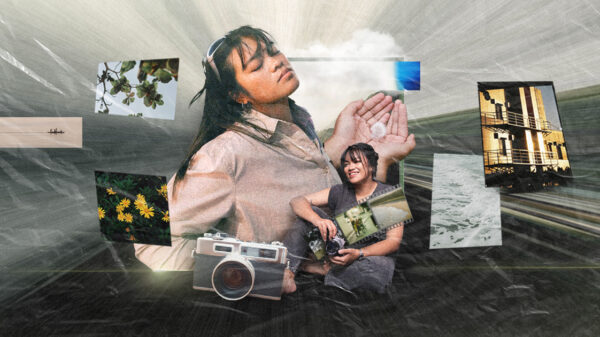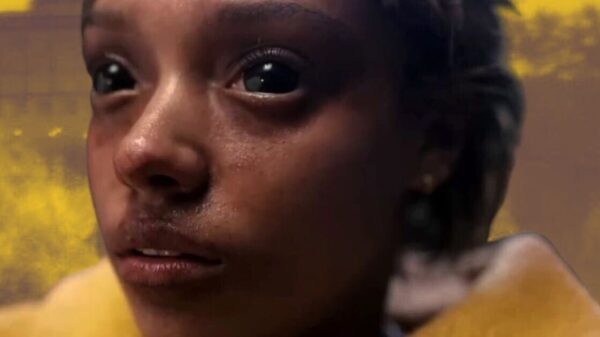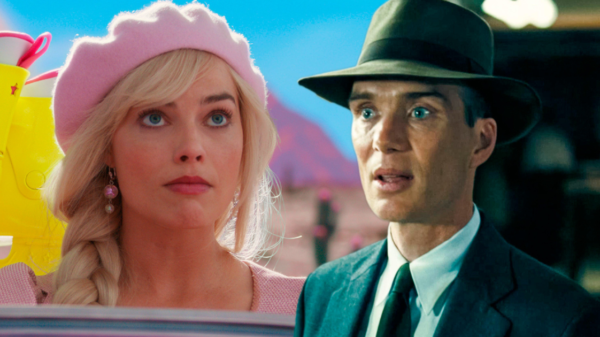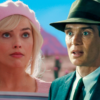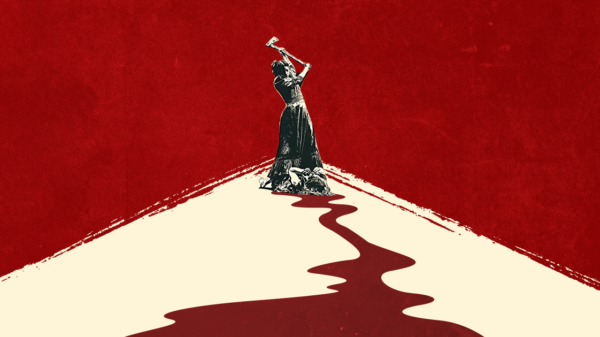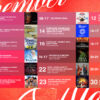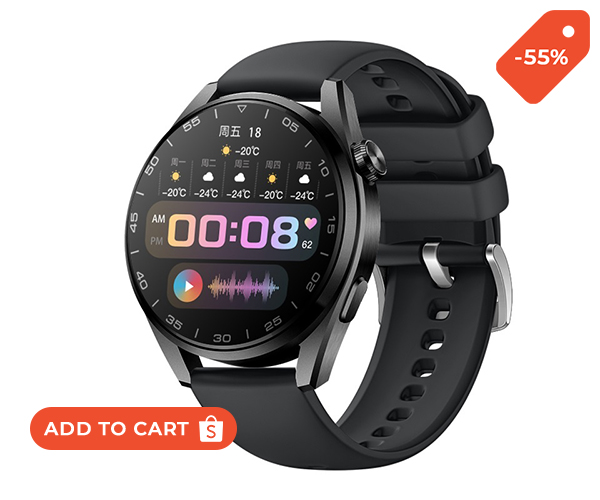How do you capture one’s emotion with a single shot? Do people realize that with a specific capture, a particular emotion can be seen? Such emotions include loneliness.
Each cinematographers style to portray such emotion include a person sitting on a café, sipping coffee with a book somewhere in Paris or London, walking through the busy streets of New York and California, attending groceries at supermarkets, going on road trips all alone, and sometimes—it can be seen through the way they handle themselves in public transportations.

There are many things to consider to capture loneliness in films such as colors and background. They are considered the strongest tools people can ever get close just by watching. It invokes an impression to viewers that appeal to them also.
Have you come to think of it that sometimes it’s the most basic, simplest shots that can convey the most meaning and resonate strongest with audiences?
Here are some films where you can see firsthand imagery and the evoking power of lonely:
HER
Spike Jonze’s style in the film ‘Her’ uses close shots from the actor to express his emotional state.

His style was implying the ‘less is more’ approach because limiting a character’s movements can highlight the actor’s raw emotion. You give it all by providing striking shots of tricks that presents vulnerability on screen.

LOST IN TRANSLATION
Sofia Coppola’s style dwells on the film’s use of blurred lights and noiseless frames to explore alienation. She also put specific details about being lonely inside a big crowd.

In films where language fails, a complete silence is enough to convey feelings. Silences all throughout, in-between, and within conversations.

TAXI DRIVER
This film is a perfect representation of loneliness as the protagonist journeys himself alone in most days—he spends time alone, he has no friends, no romantic partner, and his life looks like as if he was in a deep void.


Taxi Driver is a film exploring loneliness in one of the busiest cities while the protagonist, Travis, finds purpose in his own slaughter.
JOKER
Joker is film about the exploration of modern loneliness through some city representations with sub-themes such as social representation, political corruption, family breakdown, and mental illness.

In today’s present battle of people to loneliness, we can all agree that this is somehow relatable. The ideal image was presented—a personality where it smiles that contradicts to the other. The film’s color grading added some punch to execute this film in a manner of isolation and despair.

CHUNGKING EXPRESS
Wong Kar-Wai’s Chungking Express shows loneliness through routines and colorful set of montages. Another type of loneliness was shown through the film’s cinematography, exploring urban isolation in the most unique type of cinematography.

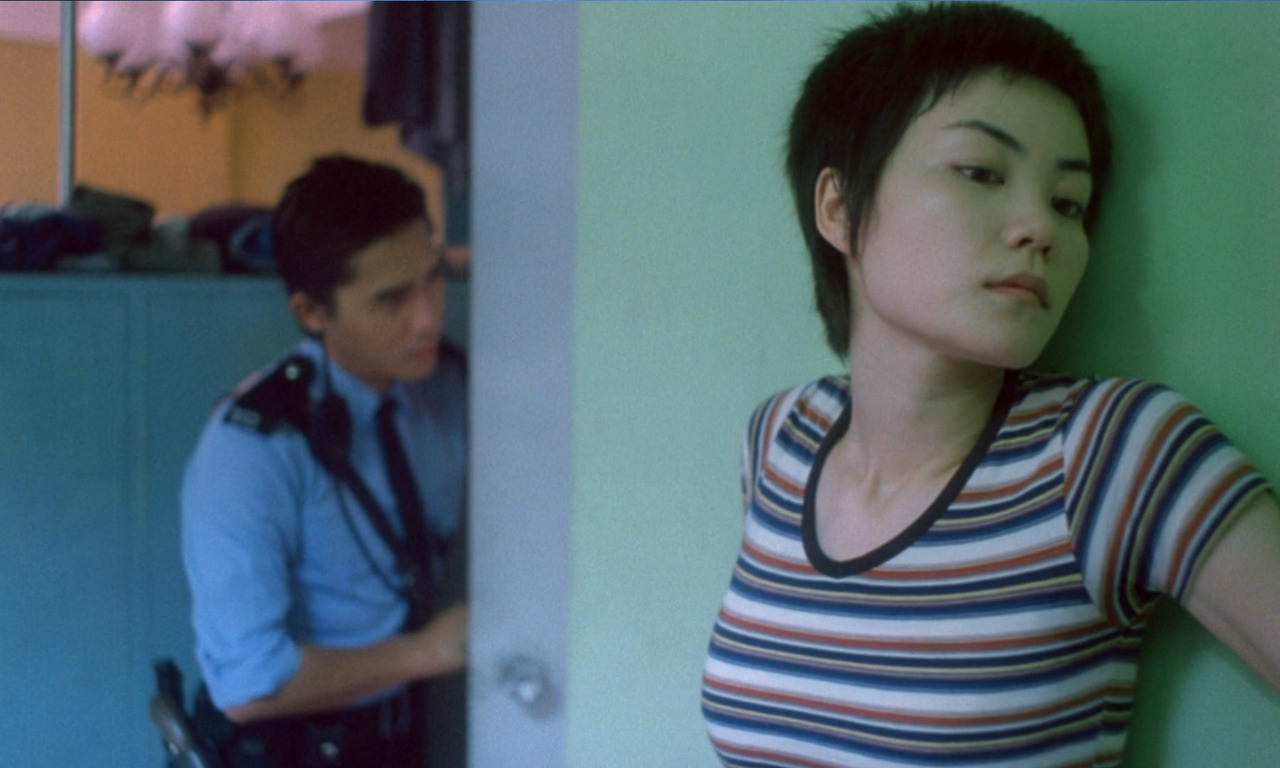
The film’s style also established a shaky camerawork and was shot by a handheld camera for it to be more personal. There were also shots wherein the characters are well-presented in a blurred background that make you feel dizzy, weak, and bothered type of lonely.
CONCLUSION
The most important tool to provide such a theme is that you can always explore from the most mundane to the things less-explored. The framing is the type of composition that uses elements to create a scene with your subject. Montage, on the other hand, is as important for it is used to communicate and combine storylines if you want to have a good sequence shot at once and not wasting time. These two are your powerful tools of communication to your viewers establishing spatial and some relationships formed inside the film—bonds formed with busy streets, shiny lights, transportations, and with technology itself.





